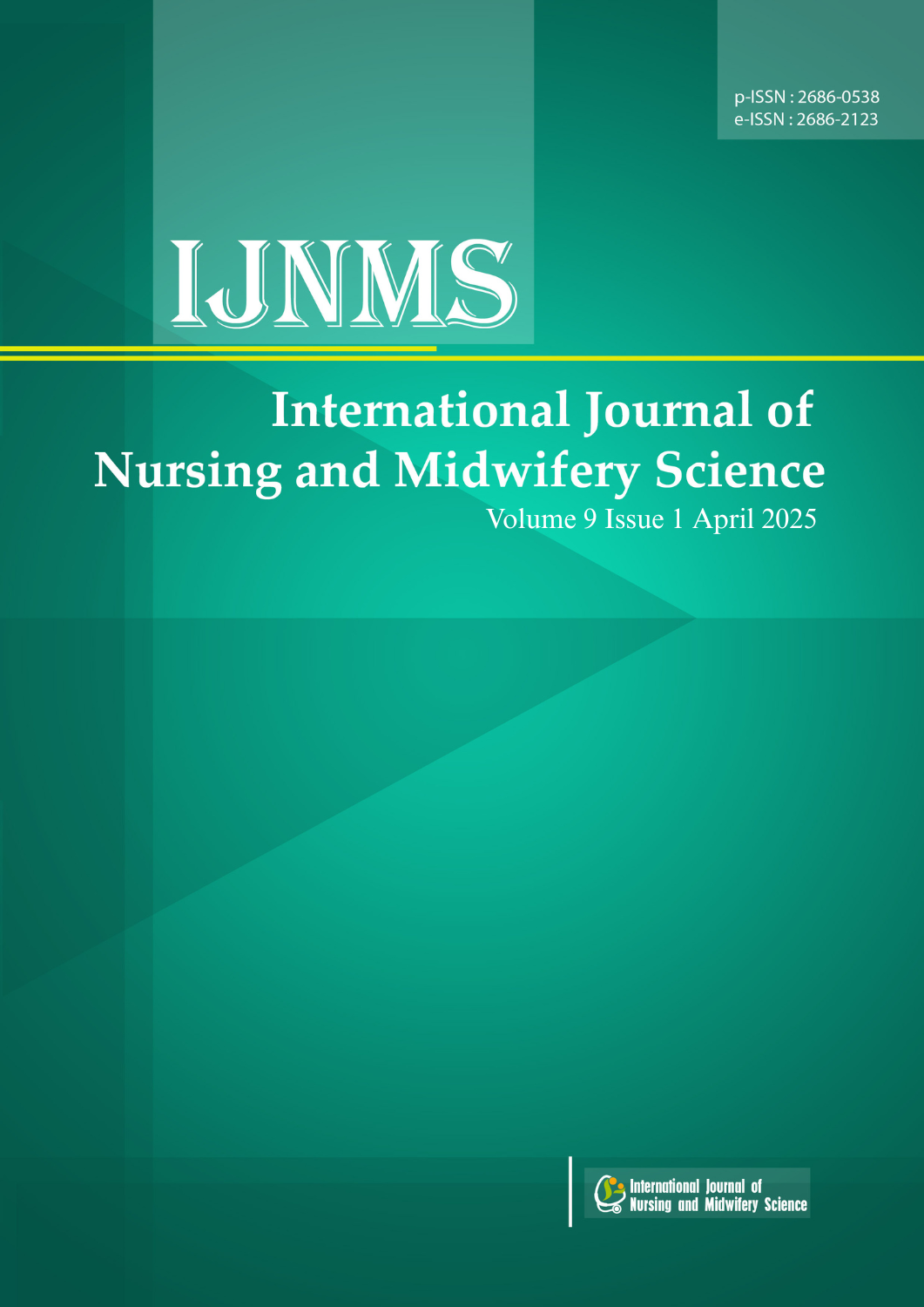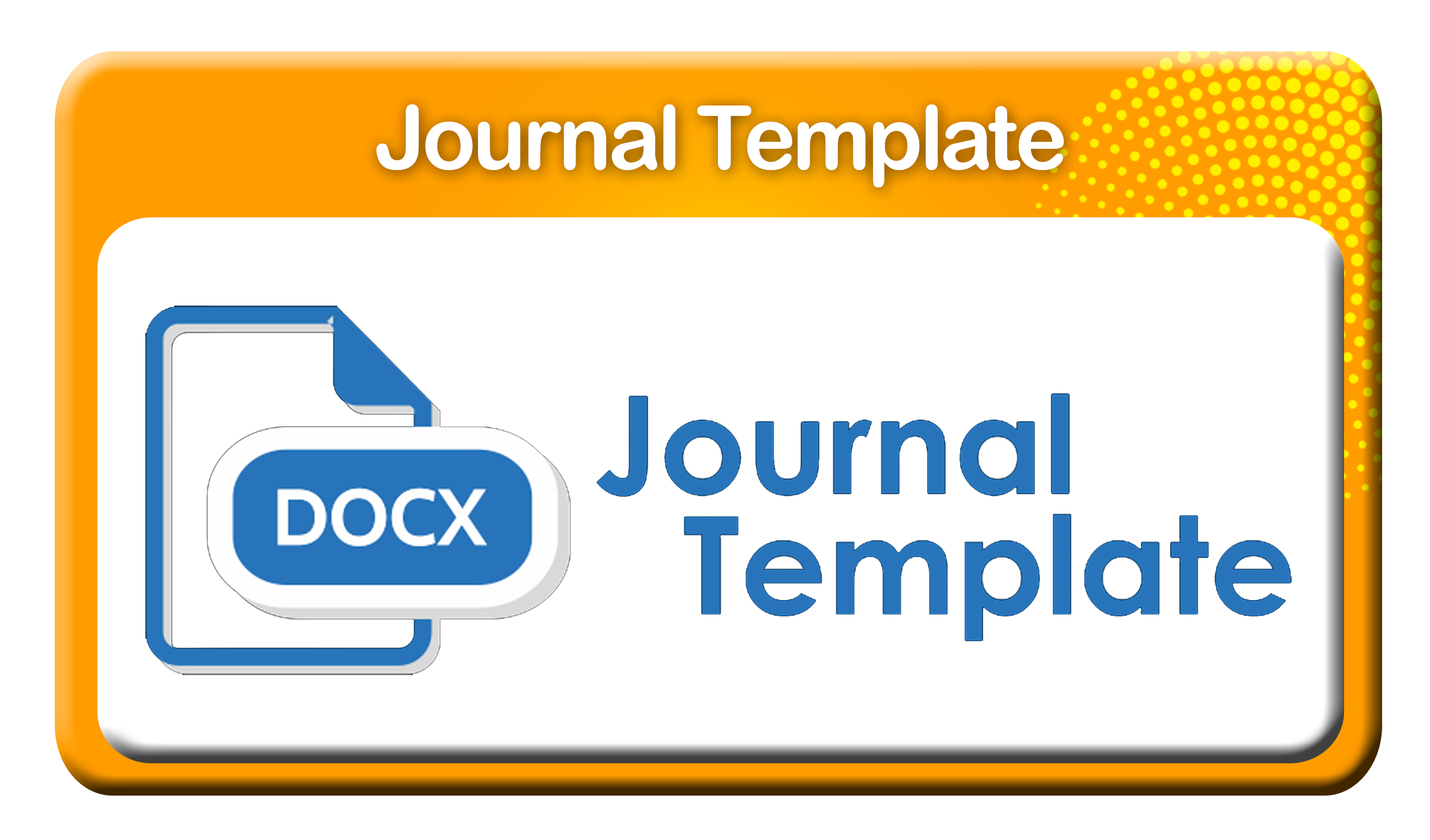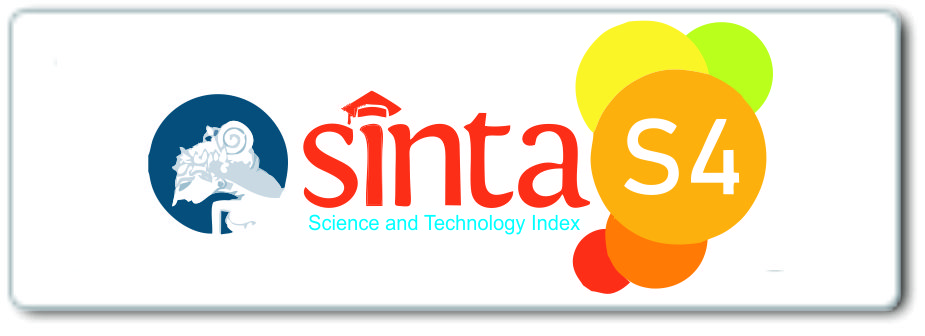FAMILY COMMUNICATION PATTERN RELATION WITH DEPRESSIONLEVEL ON ELDERLY IN POSYANDU ELDERLY
DOI:
https://doi.org/10.29082/IJNMS/2025/Vol9/Iss1/670Keywords:
Communication Family, Family, Elderly, DepressionAbstract
Elderly age said to be the final stage of development in the life cycle. In this period a person experiencing a physical setback,mental social gradually decreasing ability to adapt to changes and environmental stress often cause psychosocial disorders in elderly. One of which is depression. To cope with depression in the elderly required functional family communication because of the confidence will increase and the motivation to face problems that ocur will increase. Independent variable that is Family Communication Pattern and Dependent Variable is Depression Level. The research design uses analytical design on cross sectional design. Sample amounted to 30 respondents.With Purposive Sampling.The questionnaires used were two kinds of family communication pattern questionnaire and GDS (Geriatric Depression Scale). .The Stabilistic Test used is the Lambda Correlation test. The result of p (0,032) and α (0,05), so that p (0,032) <α (0,05) meaning that H0 is rejected and H1 accepted which means there is relation of family communication pattern with depression level in elderly at posyandu ugly village Jaringansari Hamlet Karangdiyeng Village .Dysfunctional family communication patterns can cause elderly sad, lonely and experiencing a lot of pressure consequently elderly will experience psychosocial problems especially depression. Functional family communication shows the existence of support to the family and increase the motivation to solve the problem, especially depression experienced by the elderly.
Downloads
References
Erna, M. A. (2023). UPAYA KONSELOR DALAM MENINGKATKAN KEPERCAYAAN DIRI IBU RUMAH TANGGA (IRT) KORBAN KEKERASAN DALAM RUMAH TANGGA (KDRT) MELALUI KONSELING INDIVIDU DI UNIT PELAKSANA TEKNIS DAERAH PERLINDUNGAN PEREMPUAN DAN ANAK (UPTD PPA) PROVINSI LAMPUNG. UIN RADEN INTAN LAMPUNG.
Gustianti, I., Kurniawan, D., & Sari, N. Y. (2023). Hubungan Dukungan Keluarga dengan Tingkat Depresi pada Lansia di Daerah Lahan Basah. Jurnal Ners, 7(2), 1512–1518.
Irawan, W. (2021). Hubungan tingkat depresi dengan demensia pada lansia didesa Bindang kecamatan Pasean Pamekasan. STIKES BINA SEHAT PPNI.
Kholifah, N., & Rusmawati, D. (2020). Hubungan antara keberfungsian keluarga dengan kontrol diri remaja pada siswa SMAN 2 Semarang. Jurnal Empati, 7(2), 566–571.
Lestari, V. A. (2023). HUBUNGAN TINGKAT PENGETAHUAN KELUARGA TENTANG KOMUNIKASI DENGAN PENERAPAN KOMUNIKASI PADA LANSIA DI RW 04 KELURAHAN BANTARGEBANG TAHUN 2023.
Majid, M. Z. D. I. (2022). ASUHAN KEPERAWATAN KELUARGA TN. M DENGAN ANGGOTA KELUARGA MENGALAMI GANGGUAN SISTEM PERNAPASAN: INFEKSI SALURAN PERNAPASAN AKUT DI KELURAHAN BANGETAYU KOTA SEMARANG. Universitas Islam Sultan Agung Semarang.
Manafe, L. A., & Berhimpon, I. (2022). Hubungan Tingkat Depresi Lansia Dengan Interaksi Sosial Lansia Di BPSLUT Senja Cerah Manado. Jurnal Ilmiah Hospitality, 11(1), 749–758.
Mellyna Martha Dewi, M. (2021). ASUHAN KEPERAWATAN KELUARGA PADA TAHAP PERKEMBANGAN LANJUT USIA. UNIVERSITAS KUSUMA HUSADA.
Nareswari, P. J., & Gunadi, E. (2021). Depresi pada lansia: faktor resiko, diagnosis dan tatalaksana. Jurnal Medika Hutama, 2(02 Januari), 562–570.
Ningrum, A. S. (2024). HUBUNGAN DUKUNGAN KELUARGA DENGAN DEPRESI PASCA STROKE DI PUKESMAS BANGETAYU SEMARANG. Universitas Islam Sultan Agung Semarang.
Nirwan, N. (2020). FAKTOR YANG BERHUBUNGAN DENGAN KEJADIAN DEPRESI PADA LANSIA DI RSUDSAWERIGADING KOTA PALOPO. Jurnal Kesehatan Luwu Raya, 6(2), 26–36.
Pabebang, Y., Mangapi, Y. H., & Kelong, P. (2022). Faktor-Faktor Yang Berhubungan Dengan Mekanisme Koping Pada Lansia Di Lembang Benteng Ka’do Kecamatan Kapalapitu Kabupaten Toraja Utara Tahun 2019. Jurnal Ilmiah Kesehatan Promotif, 6(2), 157–169.
PH, L., Hermanto, H., & Pratama, N. (2018). Dukungan Keluarga dengan Perawatan Diri pada Pasein Gangguan Jiwa di Poli Jiwa. Jurnal Kesehatan Manarang, 4(1), 11–17.
Pragholapati, A., & Munawaroh, F. (2020). Resiliensi pada lansia. Jurnal Surya Muda, 2(1), 1–8.
Pratiwi, S. D., Novita, A., & Daeli, W. (2024). Analisis Penyebab Stres Pada Lansia Di Panti Sosial Tresna Werdha Budi Mulia 1 Cipayung Tahun 2023. Vitamin: Jurnal Ilmu Kesehatan Umum, 2(2), 264–280.
Rahmi, S. (2021). Komunikasi interpersonal dan hubungannya dalam konseling. Syiah Kuala University Press.
Sihaloho, L. B. (2021). Stress yang Timbul di Tengah-Tengah Masyarakat, Keluarga, Lansia, Remaja, Perawat, Petugas Kesehatan, Gangguan Jiwa, Pasien Akibat Situasi Pandemic Covid-19.
Subekti, K. E., & Dewi, S. (2022). Dukungan Keluarga Berhubungan dengan Tingkat Kualitas Hidup Lansia. Jurnal Keperawatan Jiwa, 10(2), 403.
Sulistyorini, W., & Sabarisman, M. (2017). Depresi: Suatu tinjauan psikologis. Sosio Informa, 3(2).
Suprapti, E., Adhisty, W. A., & Usman, Y. (2018). Faktor yang Berhubungan dengan Depresi pada Lansia di Wilayah Puskesmas Tarakan Makassar: Relationship between an age and a parity of pregnant mother with the obedience of antenatal care at puskesmas mamajang makassar. JURNAL ILMIAH KESEHATAN GEMA INSAN AKADEMIK, 3(02).
Sutisna, I. (2020). Statistika penelitian. Universitas Negeri Gorontalo, 1(1), 1–15.
Yaslina, Y., Murni, L., & Yeni, N. S. (2018). Hubungan Pengetahuan Dan Peran Keluarga Dengan Kemampuan Keluarga Dalam Perawatan Diabetes Militus Di Rumah Pada Wilayah Kerja Puskesmas Rao Pasaman Tahun 2018. In Prosiding Seminar Kesehatan Perintis (Vol. 1, p. 25).
Downloads
Published
Issue
Section
License
Copyright (c) 2025 Heri Triwibowo

This work is licensed under a Creative Commons Attribution-ShareAlike 4.0 International License.
Authors who publish with IJNMS agree to the following terms
- Authors retain copyright licensed under a Creative Commons Attribution-ShareAlike 4.0 International License that allows others to share the work non-commercially with an acknowledgement of the work's authorship and initial publication in this journal.
- Authors are permitted and encouraged to post their work online (e.g., in institutional repositories or on their website) prior to and during the submission process, as it can lead to productive exchanges, as well as earlier and greater citation of published work (See The Effect of Open Access). Authors can archive pre-print and post-print or publisher's version/PDF.









_IJNMS.png)






